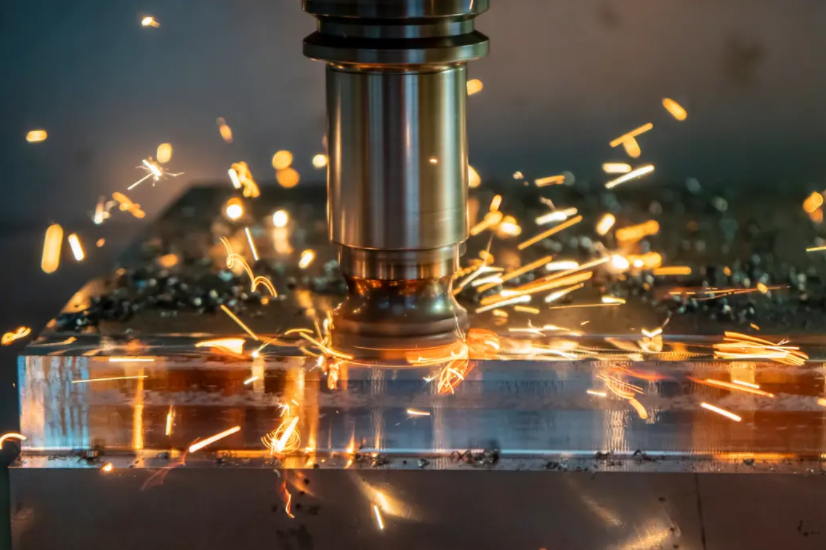With the rapid development of manufacturing technology, die casting has become a widely used process in various industries. Die casting offers several advantages, including high productivity, excellent dimensional accuracy, and the ability to produce complex shapes with tight tolerances. However, to fully utilize the benefits of die casting, it is crucial to optimize the design of the die casting parts to enhance product performance.
One of the key considerations in die casting design is the selection of the appropriate alloy. Different alloys have distinct properties, such as strength, hardness, and corrosion resistance. The selection of the alloy should be based on the specific requirements of the product. For example, if high strength is essential, an alloy with a high tensile strength should be chosen. On the other hand, if corrosion resistance is a priority, an alloy with good resistance to corrosion should be used. By selecting the right alloy, the product’s performance can be significantly improved.
Another aspect to consider in die casting design is the wall thickness of the part. The wall thickness affects the solidification rate and the mechanical properties of the casting. In general, thicker walls lead to slower solidification and higher residual stresses. On the contrary, thinner walls promote faster solidification and reduce residual stresses. Therefore, it is essential to optimize the wall thickness to achieve the desired mechanical properties. Computer-aided engineering (CAE) tools can be used to simulate the solidification process and help determine the optimal wall thickness.
The design of the gating system is critical in die casting. The gating system controls the flow of molten metal into the die cavity. An efficient gating system ensures proper filling of the cavity, minimizes turbulence, and avoids defects such as porosity and air entrapment. The design of the gate location, size, and shape should be carefully considered to achieve a balanced filling and reduce the occurrence of defects. Additionally, the use of advanced filling simulation software can help optimize the gating system and improve product performance.
The geometry of the die casting part also plays a significant role in product performance. The design should incorporate features that enhance the strength and rigidity of the part. For instance, ribs and gussets can be added to increase the stiffness and prevent distortion under load. Fillets and chamfers can be incorporated to reduce stress concentrations and improve fatigue resistance. By optimizing the geometry, the overall performance and durability of the product can be enhanced.

Surface finish is an essential aspect of die casting design. The surface finish affects not only the aesthetics of the product but also its functionality. A smooth surface finish reduces friction, improves wear resistance, and enhances the ability to retain lubricants. To achieve the desired surface finish, proper die design, including the use of draft angles and the elimination of sharp corners, is necessary. Post-processing operations such as polishing, grinding, and coating can also be employed to further improve the surface quality.
Optimizing die casting design is crucial for enhancing product performance. Factors such as alloy selection, wall thickness, gating system design, part geometry, and surface finish all contribute to the overall performance and functionality of the product. By carefully considering these factors and utilizing advanced simulation tools, manufacturers can produce die casting parts that meet the highest quality standards and exceed customer expectations. With continuous advancements in die casting technology, the potential for further optimization and improved product performance is immense.
-

- Pokrov ohišja prenosnega računalnika A z visoko natančnimi magnezijevimi tiksomlitnimi komponentami
-

- Tlačno litje iz magnezijeve zlitine Avtomobilski deli Stranska stopnica Tekalna deska
-

- OEM visokotlačni okvir iz magnezijeve zlitine za kolo
-

- Po meri izdelani deli in komponente za tlačno litje za kolesarske vzmetne vilice za MTB
-

- Deli za tlačno litje iz magnezijeve aluminijeve zlitine Pokrov verige za avtomobile
-

- Visoko precizni deli iz tlačne litine iz magnezijeve zlitine za avtomobilsko ključavnico za vžig

 0086-750-5616188
0086-750-5616188 +86 13392089688
+86 13392089688 sales@zhongmei-tech.com
sales@zhongmei-tech.com







